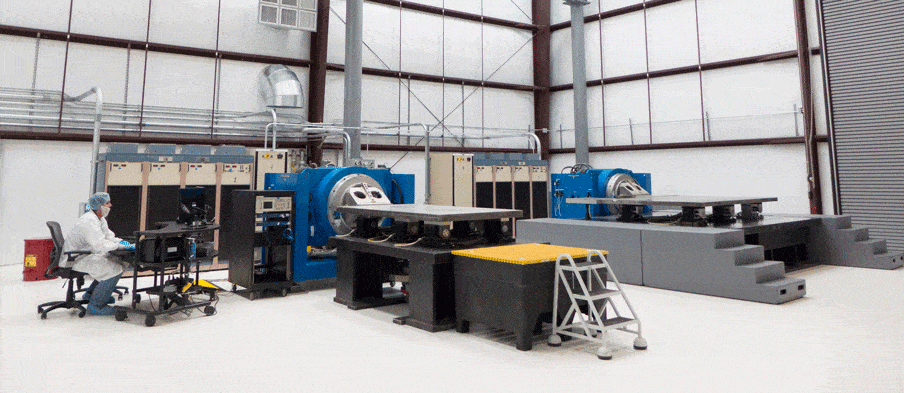Vibration testing is a crucial step in the product development process, especially for industries that produce electronic devices, automotive components, aerospace equipment, and other products subjected to dynamic environments. This vibration testing method is employed to ensure the reliability and durability of a product under various vibrational conditions that it might encounter during its lifecycle. By subjecting a product to controlled vibrations, engineers can identify potential weaknesses, defects, or design flaws that may lead to premature failure.
One primary objective of vibration testing is to simulate the real-world conditions that a product might face during transportation, operation, or exposure to external forces. Products can experience vibrations from sources such as road travel, aircraft turbulence, machinery operation, and seismic events. Without proper testing, these vibrations could lead to performance issues, malfunctions, or even catastrophic failure. Vibration testing helps engineers understand how a product will respond to such conditions, allowing them to make design improvements to enhance its durability and reliability.
One common method of vibration testing involves using an electrodynamic shaker, which applies controlled vibrations to a product or component across a range of frequencies and amplitudes. This simulates the varying conditions the product may encounter in its intended environment. Accelerometers and other sensors are used to measure the product’s response, allowing engineers to analyze its behavior and identify potential weaknesses.
The benefits of vibration testing are manifold. Firstly, it helps in identifying weak points in a product’s design or manufacturing process. By subjecting a product to controlled vibrations, engineers can observe how different components respond and detect any vulnerabilities that may lead to failure over time. This enables them to make informed decisions on design modifications, material selection, or manufacturing processes to enhance the overall reliability of the product.
Vibration testing assists in predicting a product’s lifespan and reliability. By understanding how the product responds to dynamic forces, engineers can estimate its fatigue life and ensure that it meets or exceeds the expected durability requirements. This predictive analysis is crucial for products used in safety-critical applications, where failure could have severe consequences.
Vibration testing plays a pivotal role in ensuring the reliability and durability of products across various industries. By subjecting products to simulated vibrational stresses, engineers can identify weaknesses, improve designs, and enhance the overall performance and longevity of the products. As technology continues to advance, vibration testing remains an indispensable tool in the pursuit of creating robust and dependable products for a wide range of applications.




